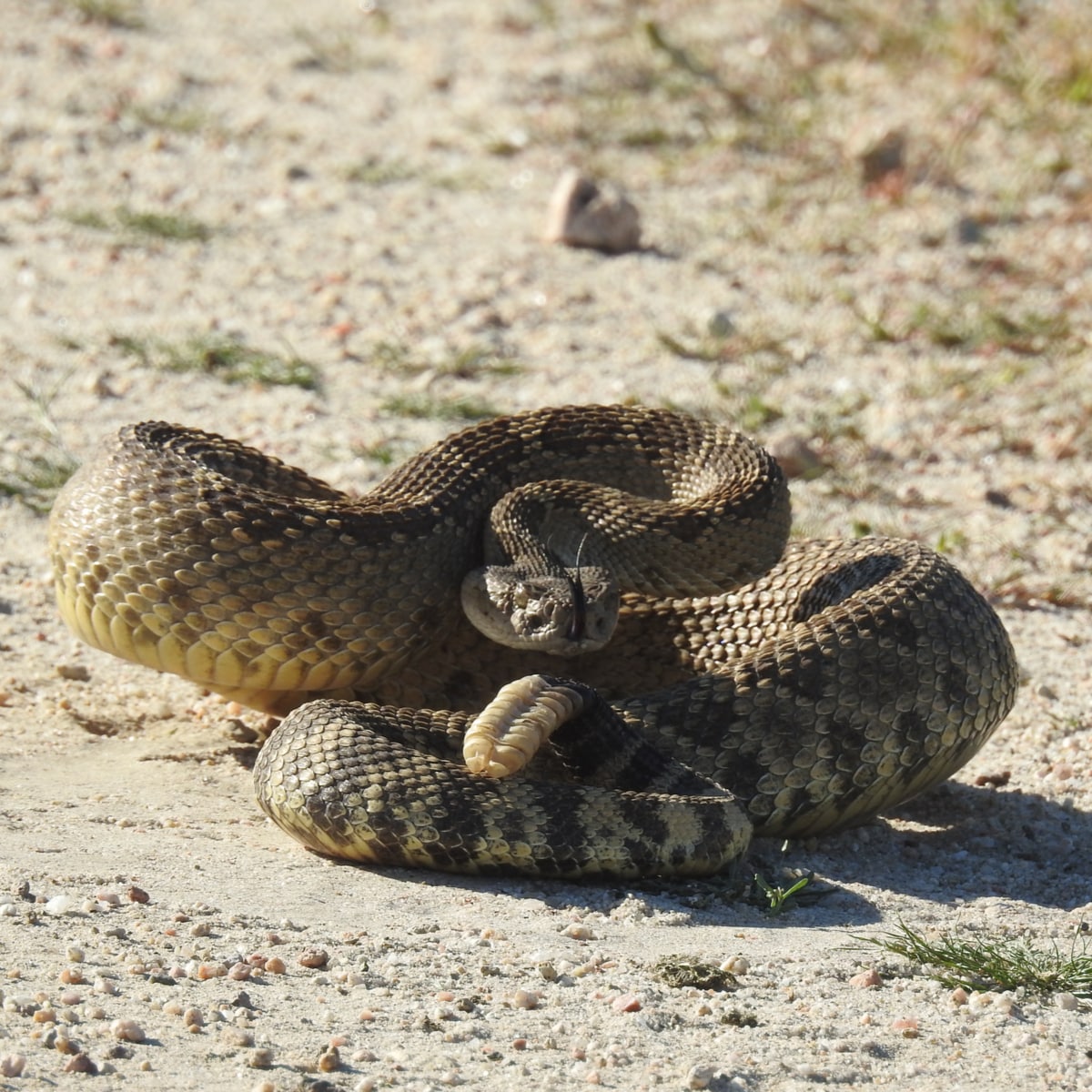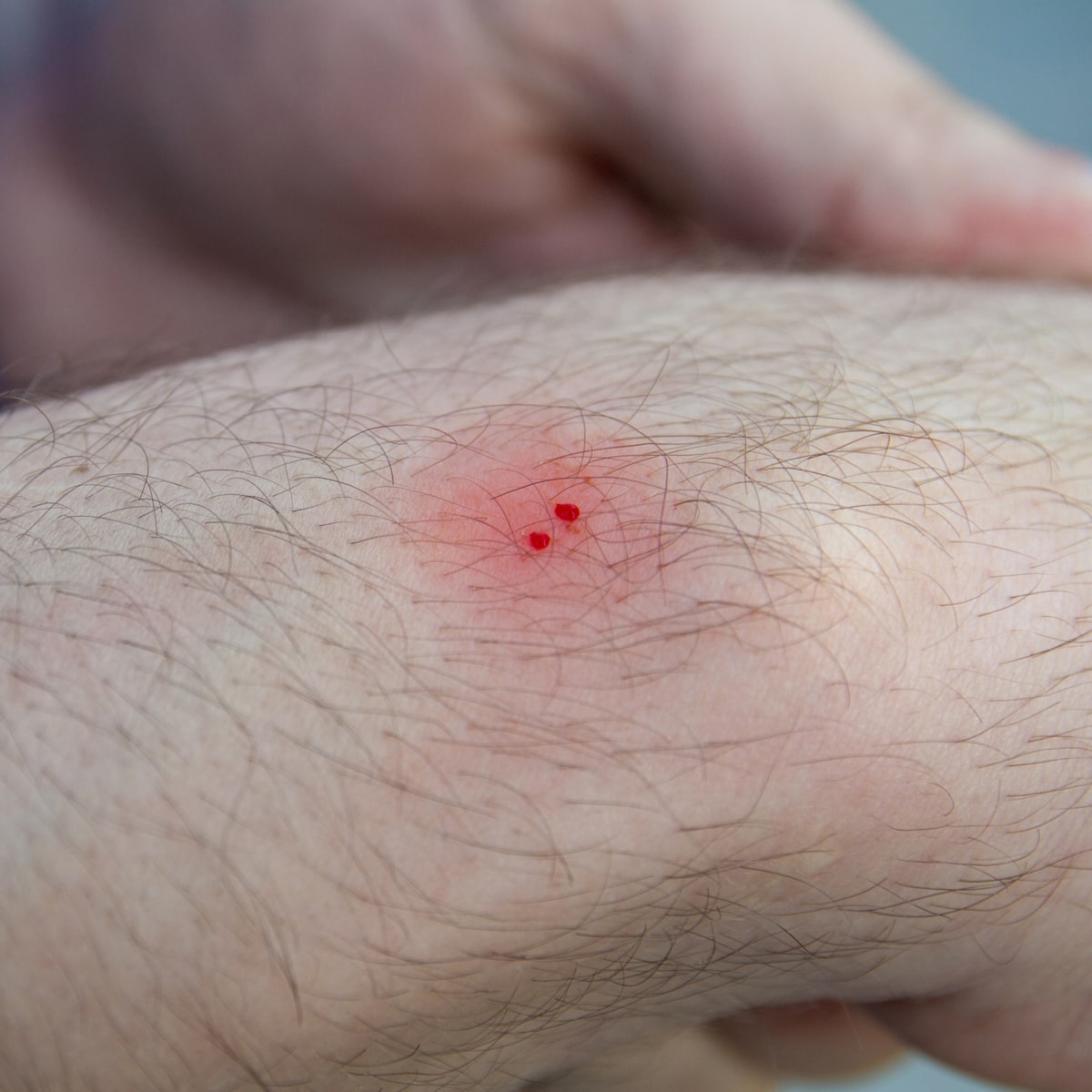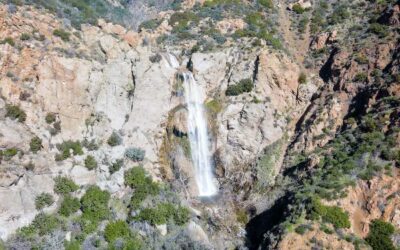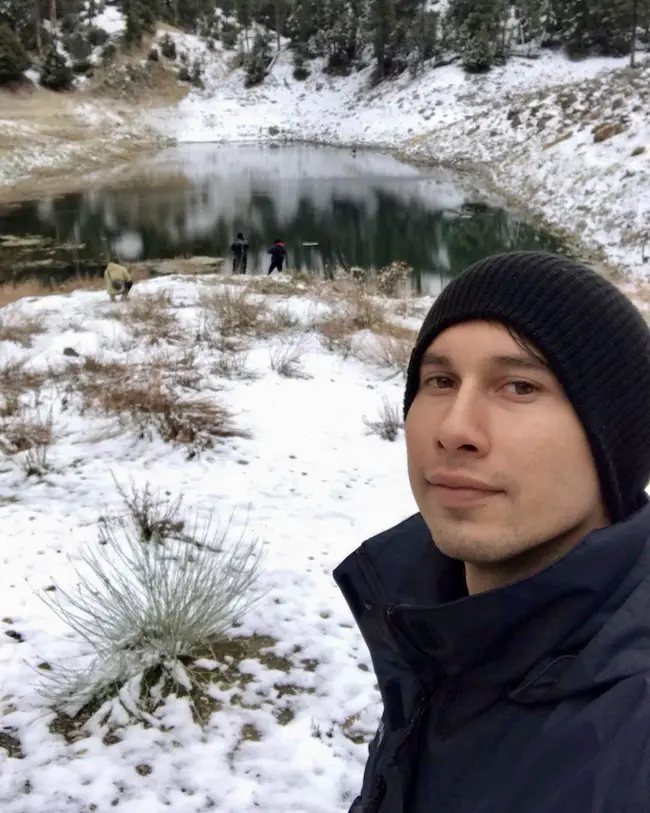As much as we all want to avoid the thought of a snake bite while out on a hiking adventure, the reality is it can happen to anyone. The best way to respond to such a situation is to be prepared and take action immediately.
In this post, I’m going to share with you, based on the advice from snake expert Dr. Tim Erickson, exactly what to do and what not to do if you get bitten by a snake. Let’s get started!
Don’t Panic
Not freaking out after getting bitten by a snake is much easier said than done. However, try to remind yourself that the odds of you surviving a snake bite are in your favor.
It’s actually quite possible (up to 30-40% chance according to Dr. Erickson) you experienced a dry bite, and you’re not at all envenomated.
Most deaths from rattlesnakes occur between 6-48 hours. and if anti-venom is provided within 2 hours of the bite you have more than 99% chance of recovering.
Let Someone Else Get Help
Once you gather yourself let other hikers get help while you remain situated. You want to restrict movement as much as possible to decrease your heart rate.
It’s okay to drink water or other oral fluids as you wait.
If you’re hiking alone, don’t stay put. You have roughly 4-6 hours before you’ll begin to notice swelling in the arms or legs. Head back to a location where you can find help as soon as possible.
Lower The Wound Below The Heart
One of the few things you can do yourself, besides calling 911, is to lower the wound below the level of the heart to decelerate the distribution of the poison in your body.
Don’t Try to Suck the Poison From The Wound
Dr. Erickson emphasized this point by stating that the human mouth contains more bacteria than the snake’s mouth and could potentially cause more harm to the wound. We see this a lot in the movies, but it’s not helpful. It’s a tactic to dramatize Hollywood scenes.
Don’t Cut Any Part of Your Wound
This is another common myth for treating snake wounds. If you use a knife to cut around the wound, you may sever vitaly important structures such as arteries, tendons, ligaments etc that could have much more serious consequences than the snake bite itself.
Do Not Apply Ice to The Snake Bite
Applying ice to the wound, also known as cryotherapy, was at one point believed to be helpful. While it may still provide benefits for treating bee or spider bites, it’s actually discouraged for treating snake bites because it will do more harm than good.
Don’t Try to Capture the Snake

Dr. Erickson debunks the myth which claims it’s necessary to capture the snake that bit you and take it to the emergency room for identification purposes. Please do not try to capture the snake.
The professionals at the nearest hospital will be able to identify the snake based on the habitat you were hiking in the moment you were bitten.
Don’t Use a Suction Device
Suction devices were originally thought to be effective by allowing a small amount of the injected venom to be removed from the wound. More recent studies have concluded that such is not the case.
Using a suction device will not necessarily hurt you, but it’s useless to say the least.
Don’t Use a Tourniquet On The Snake Bite
Because hospitals and clinics are fairly close to almost any location, Dr. Erickson states you should refrain from using a tourniquet. However, the only exception to this rule is if you’re located somewhere extremely remote.
Only then, will a tourniquet be necessary to risk a limb to save your life. Additionally, if you must apply a tourniquet, do so loosely. You can use a rag, clothing, or the tubing from your camelback.
In most situations a tourniquet will result in more damage to the afflicted area via over constriction of the limb, and reduce healing.
Should You Carry Anti-Venom on Your Hikes?
Anti-venom, also known as antivenin, possesses its own set of risks. Anti-venom is taken from animals such as horses and sheep, and when administered to humans, the person may experience an allergic reaction.
Hence, it’s best to give anti-venom to people at a hospital setting. Once again, he reiterated, the best thing you can do if you get bit in the wild is to dial 911 and/or get to the hospital immediately.
However, if you insist on utilizing an anti-venom, Crofab, an anti-venom distribution company, has created a much more purified type of anti-venom that has successfully decreased the possibility of an allergic reaction.
Dr. Erickson recommends looking for evidence of envenomation by checking for swelling (usually occurring in the arms), blistering, or lab abnormalities that reflect a systemic or total body envenomation prior to applying the anti-venom.
Unfortunately, Crofab is quite pricey, costing as high as a few hundred dollars per dose.
When administering Crofab, the objective is to treat the venom not the individual. In other words, a child would receive the same dosage of antivenom as an adult because the snake releases the same amount of venom regardless of the size of the person.
What to do if You See a Snake on a Hike
If you see a snake on the trail or near it, make sure to give it plenty of space. They can strike at a distance of half their body length.
The best thing you can do is wait for it to slither away or go around it if it’s possible.
A rattlesnake will NOT always rattle before it strikes. This means you should be extra careful where you place your hands and feet when scrambling up any steep sections on a trail.
How to Prevent Snake Bites During Your Hikes

- Snakes are more active at night. Therefore, avoiding hiking at night in areas that are known to contain snakes.
- Make a little noise as you hike to give the snake a chance to crawl away. Most snakes want nothing to do with humans, and will avoid us as much as possible.
- Stay on the trail. It is much more difficult to spot a snake in thick brush than it is to spot them on the hiking trail.
If you wish to see Dr. Erickson speak about snake bites, you can do so here.






